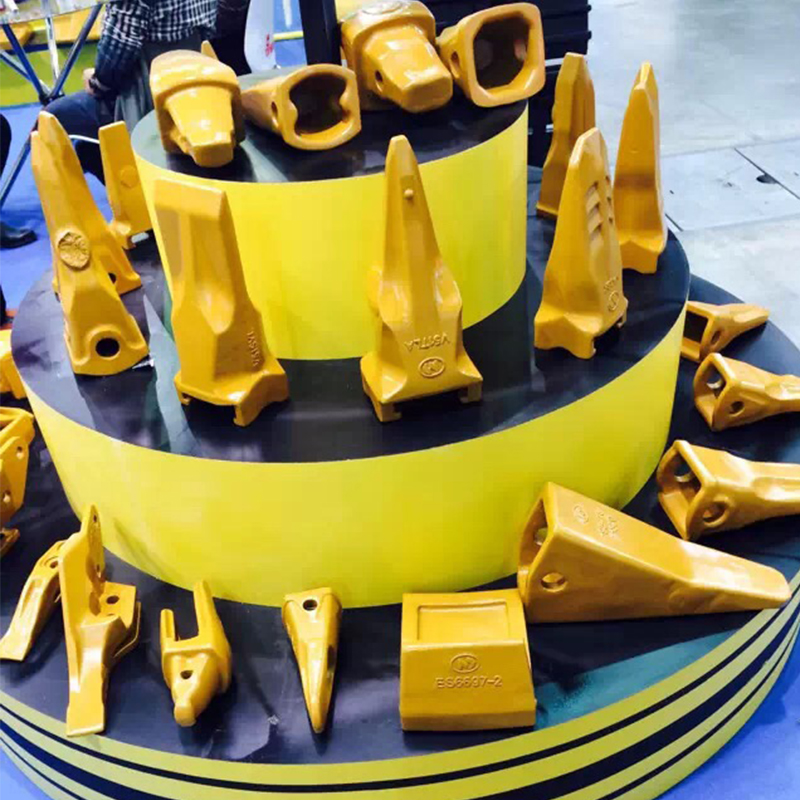A Comprehensive Guide to Rotational Casting Machines and Metal Die Casting Machines
Industry News-Rotational casting is a manufacturing process that involves heating a material inside a mold while rotating it along two perpendicular axes. This technique is commonly used for producing hollow plastic parts, but it also extends to metal parts, particularly for items like tanks, pipes, or large containers. A rotational casting machine is designed to handle the molding process efficiently and consistently.

The rotational casting machine heats and rotates the mold, which allows the material inside to evenly coat the inside walls. This uniform coating results in thin-walled, hollow components. The process begins with the insertion of a powdered material, which can be plastic or metal, into the mold. As the mold is heated and rotated, the material melts and spreads out to form the desired shape. Once cooled, the part is ejected from the mold, ready for use.
When purchasing a rotational casting machine, it's important to assess factors like the machine's capacity, its compatibility with the materials you plan to use, and the precision it offers. The price of these machines can vary greatly depending on their size, complexity, and automation features. Larger machines capable of handling bigger molds tend to cost more but offer higher throughput. Additionally, it's worth considering the machine's energy efficiency, ease of maintenance, and support provided by the manufacturer.
Die casting is a metal casting process in which molten metal is injected into a mold under high pressure. This technique is highly efficient for producing complex, high-precision components, and it is widely used for materials such as aluminum, zinc, and magnesium. The process ensures uniformity and can produce parts with intricate designs and smooth finishes. The metal die casting machine plays an integral role in ensuring that the process runs smoothly and efficiently.
Metal die casting involves injecting molten metal into a metal mold or die at very high pressures. The die is typically made of steel or other durable metals to withstand the pressure and temperature. The process starts by heating the metal until it reaches a molten state, after which it is injected into the mold. The high pressure ensures that the mold is completely filled, allowing for the production of parts with exceptional detail and tight tolerances. Once the metal solidifies, the die is opened, and the casting is removed.
The metal die casting machine tracing process refers to monitoring and recording key parameters during the casting process, including temperature, pressure, and cycle time. These parameters are essential for ensuring consistency and quality in the final product. Modern die casting machines are often equipped with sensors and control systems that allow manufacturers to trace and adjust these factors in real-time. By tracing these aspects of the casting process, manufacturers can:
Ensure Precision: By continuously monitoring temperature and pressure, manufacturers can ensure that the molten metal is injected at the right temperature and pressure, consistent and accurate castings.
Improve Efficiency: Tracking the cycle time of each casting process helps optimize production speed and reduce material waste, resulting in more cost-effective manufacturing.
Reduce Defects: Tracing the performance of the machine allows operators to detect any irregularities or potential issues before they defects in the final product.
Data-Driven Improvements: Tracing also enables manufacturers to collect data on the machine's performance over time. This data can be used to optimize future production runs and improve overall process efficiency.
Considerations When Tracing Metal Die Casting Machines
Machine Capability: It's essential to ensure that the die casting machine has the necessary features to handle the specific metals and molds you plan to use. Machines with higher pressure capabilities can handle more complex and precise casting jobs.
Automation Features: Many modern die casting machines come with automation systems that allow for continuous monitoring and adjustments during the casting process. This reduces the need for manual intervention, higher efficiency and fewer human errors.
Data Collection and Integration: The ability to collect and analyze data from the machine is crucial for ensuring consistent quality. A machine that integrates seamlessly with production management software can provide valuable insights and improve decision-making.
 En
En
 русский
русский Español
Español عربى
عربى Deutsch
Deutsch















